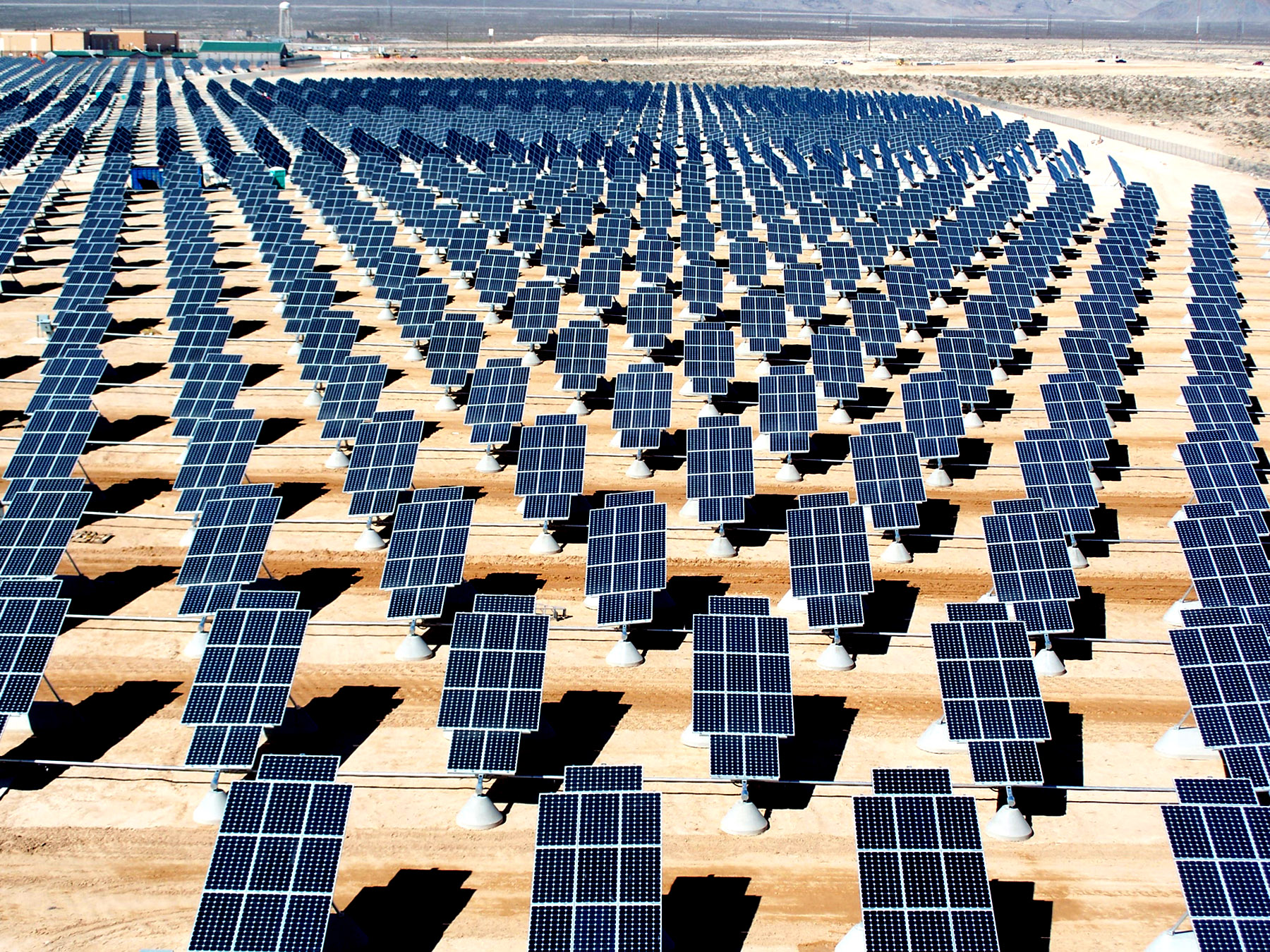Editor’s note: In our last post, we left off with Radioactive Man battling The Fossil Fuel Four, an episode of The Simpsons where the show personifies all major aspects for retrieving and releasing energy. Nuclear energy (fission) is represented by Radioactive Man, and his sidekicks Solar Citizen and Wind Lad represent solar and wind power respectively. In this episode, they face their nemeses: a rough group of villains who call themselves The Fossil Fuel Four. They’re made up of King Coal, Petroleumsaurus Rex, Charcoal Briquette, and the Fracker. Through their battle, we see the struggle between sustainable resources and fossil fuels.
Will climate change continue unabated? What will happen to Radioactive Man now as he battles The Fossil Fuel Four? Will he defeat his foes — or is it too late?
The world’s first fission nuclear reactor was built in Chicago in 1942. Touted by scientists as the energy of the future, some believed that electricity produced in this manner would be so safe, plentiful and inexpensive that companies would no longer have to monitor usage.
But things haven’t quite panned out that way.
While there was a veritable boom in the construction of nuclear plants in the 1960s and 1970s, some very high profile setbacks (such as Chernobyl, Three Mile Island and Fukushima) have cast serious doubts about safety in the mind of the public. In response to Fukushima specifically, Germany intends to shut down all of its nuclear reactors within the decade, and Italy has banned nuclear power within its borders.
It remains, however, that nuclear energy has resulted in fewer deaths per unit of energy created than all other major sources of energy. Many scientists are still holding out hope for the development of nuclear fusion technology, which would be much more stable, secure, create more energy per unit, and not produce dangerous nuclear waste. This could be an economically viable option by 2050.
In the meantime, proponents of nuclear energy insist that the complete lack of carbon emissions from nuclear power plants should be a huge incentive for its use and maintain that it is a sustainable, safe method for the production of energy.
Additional sustainable energy options include solar and wind power (also hydropower, but since The Simpsons omitted it I will, in this case, refrain from delving into it further). Odd as it may seem, wind and solar power both capture energy from the same source – the sun. While solar power seeks to capture energy directly from the sun’s rays, wind power capitalizes on the fact that the sun’s energy heats the earth unevenly, creating wind currents (technically, even fossil fuels release energy from the sun, since that energy supported the life of the now fossilized organisms).
In the past few decades, these two processes of capturing energy and converting energy from the sun to electricity have grown by leaps and bounds. And while it’s still a small portion of total energy creation on a global scale, it seems to be one of the most promising ways in which we can create a truly sustainable energy environment for years to come.
Solar technology is generally categorized as either passive or active, depending on the method in which the sun’s energy is captured and converted for human use. Photovoltaic panels and solar thermal collectors are examples of active solar technology, while designing spaces to naturally circulate air and the selection of materials with light dispersing abilities are examples of passive solar technology.
Wind power uses airflows to run wind turbines. Harnessing wind for its energy has been a viable technology for millennia, but was (until recently) used to generate mechanical power (like using sails on ships), rather than electricity. As the wind blows, it turns the turbine to generate electricity. The greater the wind speed and strength, the more efficient this process becomes. This is part of why offshore turbines are becoming popular, since wind can be up to 90 percent stronger and occur more regularly out at sea than on land.
As you can see, this is a very exciting time for energy science with a lot of innovation going on. New technologies are being explored every day — from new methods of extracting fossil fuels from the Earth’s crust to new models and applications for nuclear, solar and wind energy production.
But the goal for all of this innovation is really the same: powering the future. So let’s revisit this idea of Radioactive Man and The Fossil Fuel Four.
Instead of The Fossils Fuel Four being evil, they and Radioactive Man should be the elders in the Energy League — a group of superheroes mentoring the new heroes in the league such as Citizen Solar, Wind Lad, Grid Smart, and Tidal Ti. The Energy League should lead the fight against Baron Blackout and his cohorts, Social Disruption and the twins Ignorance and Want (OK, they’re Dickens characters, but wouldn’t they make great super-villains too?).
Let’s hope.









